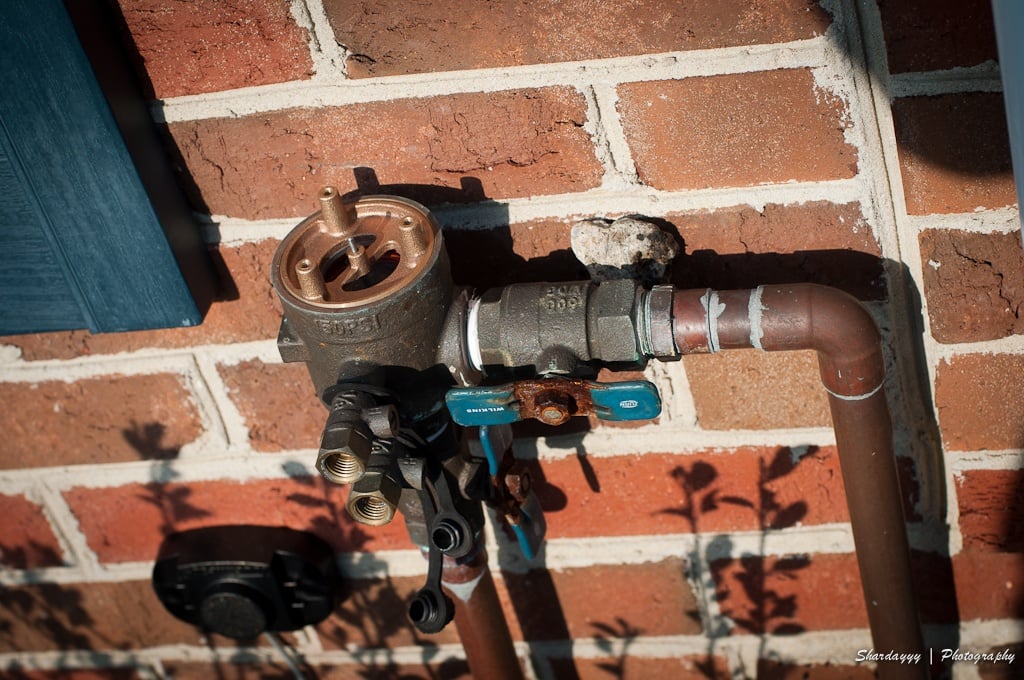Is Your Backflow Preventer Keeping Your Water Safe and Clean?
- Home
- Team EJP Blog
- Is Your Backflow Preventer Keeping Your Water Safe and Clean?
- Jun 10, 2015 7:01:04 AM
- Everett J. Prescott

A backflow preventer is a vital tool in helping you to keep water safe and clean—for drinking or any other use. You have probably heard mention of this particular valve and perhaps you wondered what it was, how to use it and how it fits in the quest for clean, safe water. Let us explain the valve’s purpose so you can understand each of these things and realize why it is so important to keep these valves in good, working order.
What is a Backflow Preventer?
A backflow preventer is a type of backflow prevention device—one of several, in fact. Essentially, a backflow preventer shuts off the water flow to a source of clean water when the water pressure drops or rises beyond a certain, specified amount.
There are all different sizes and types of backflow preventers, but they come in three specific “hazard ratings”. This rating is given to each preventer based on the types of risk it is designed to help prevent. Low-risk preventers are for “nuisance” situations, and high-risk preventers for situations where contamination could lead to serious illness or death—medium risk preventers are for jobs that fit in between the two extremes.
Backflow preventers are found on garden hoses, irrigations systems, within sewage systems and in commercial pipeline fixtures. However, these are only a few of the uses. These preventers are all around us. The reason for this is because they are highly useful in keeping the water supply clean and fresh and also because many state and municipal laws require the use and maintenance of backflow preventers. They protect the health and safety of residents who could drink the water supply.
How is a Backflow Preventer Used?
These devices are used in a number of different ways. One of the most common is to prevent sewage water from flooding backward into a home or other building—hence the name backflow. However, the backflow preventer is also useful in any area where unclean water or liquid is being directed away from clean, potable water. The valve comes into play only in those emergency situations when the water pressure drops low enough that contaminants could potentially re-enter the water supply. Since there are a number of different styles of preventers, the exact way the preventer operates will vary from case to case. However, the results are the same.
How Does the Backflow Preventer Improve Water Quality?
Due to gravity, or certain natural occurrences, water may not always flow in the direction that we want it to flow. For instance, the dirty water that drains from a swimming pool could accidentally wind up getting into the pipes that flow into a home. This is certainly not the desired outcome. When this happens, it leads to water that does not smell or taste good and in the worst cases; the water is dangerous to drink.
The backflow preventer stops this from occurring. While the standard plumbing setup is designed to encourage water to flow and drain in a particular direction, sometimes disasters or accidents happen. When these occur, the backflow preventer kicks into action and prevents the most serious issues from occurring.
As you can see, the backflow preventer is a vital part of your plumbing and irrigation system. Do not neglect this important, yet simple piece of the plumbing puzzle. Check it regularly to make certain it is in good working condition and schedule routine maintenance to assure it stays that way. When you do this, you will be rewarded with clean, fresh water—suitable for whatever purpose for which you may need it.

Free Valves and Tapping Sleeves Product Guide!
A free indepth product guide on our valves and tapping sleeves products. This guide includes:
- Insulation Information
- Parts Illustrations
- Available Products

Sources:
Photo credit: Shardayyy / Foter / CC BY